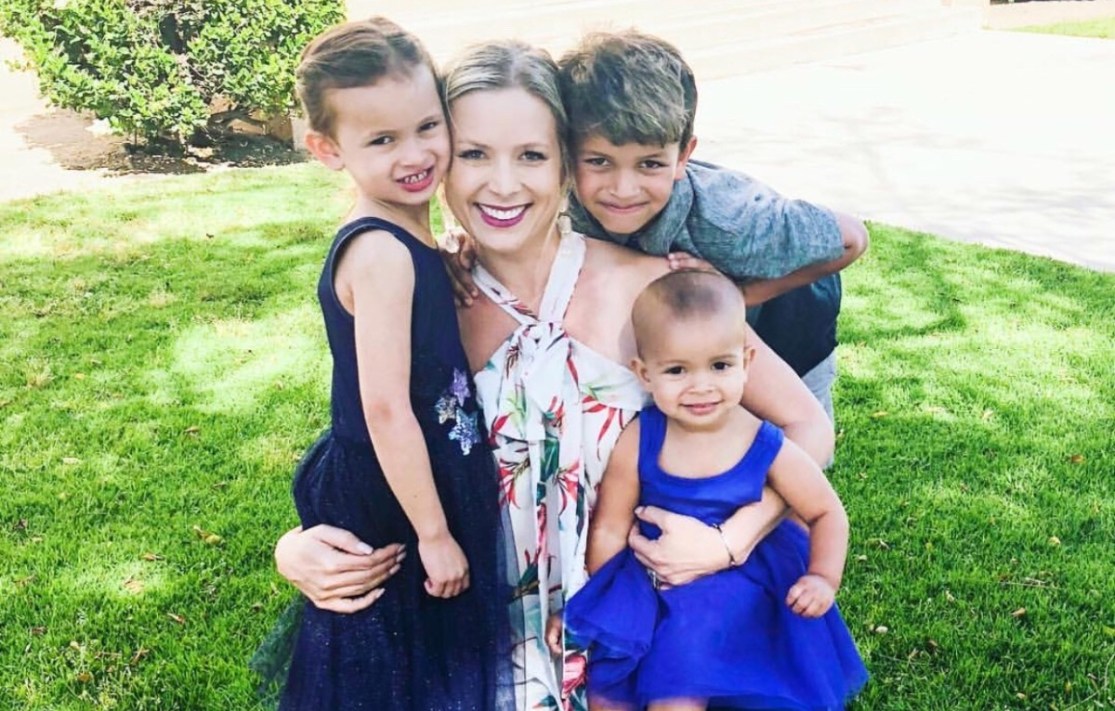Medical Fundraising Tips: Financial support right when you need it
From trips to A&E to long-term care, medical expenses can empty out savings accounts and leave behind debts that last for years. Medical crowdfunding is a powerful tool. Countless people have found that using GoFundMe for medical expenses can help pay for prescriptions and doctors’ appointments – as well as procedures which are not typically covered by insurance like IVF treatment or gender reassignment surgery.
See below for some of our best medical fundraising tips to help you raise more money.











